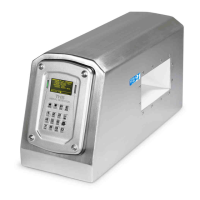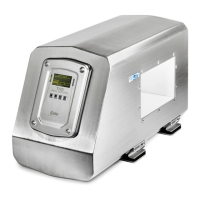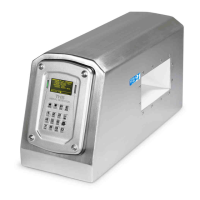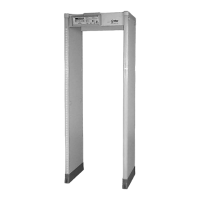FI002K0018v1100UK – THS/21 Instruction manual for installation, use and maintenance
ORIGINAL INSTRUCTIONS 1
Industrial Metal Detectors
and Integrated Systems with Conveyor Belt
THS/21E - THS/21
Instruction manual
for installation, use
and maintenance
Document Date Hardware Software
FI002K0018v1100UK 2012-03-29 HV5.xx THSV5401 – ALMV5400
Read this manual carefully before installing, operating or carrying out maintenance on the device. Keep the manual in a
safe place for future reference and in perfect condition. This manual must accompany the device described herein in the
case of change of ownership and until the device is decommissioned.





